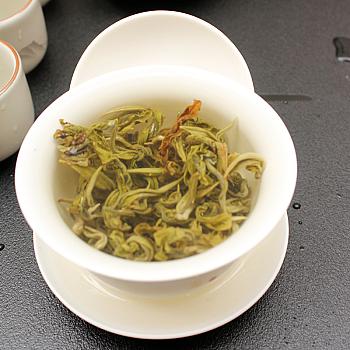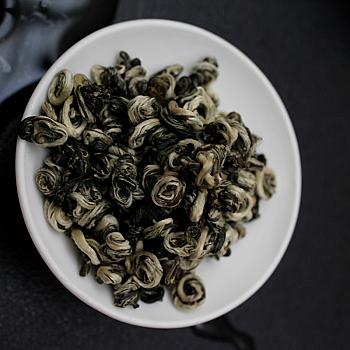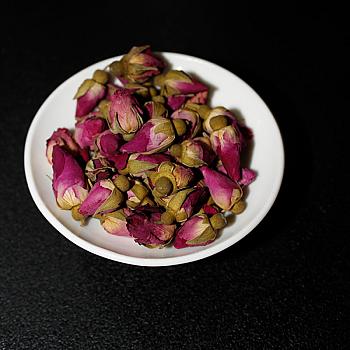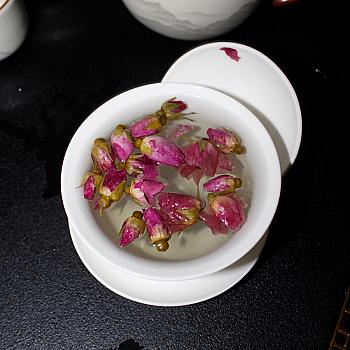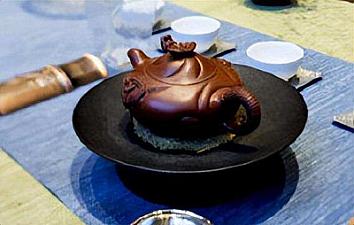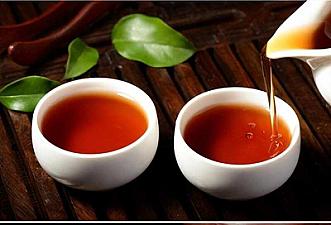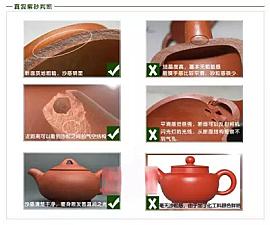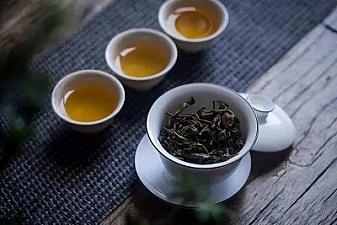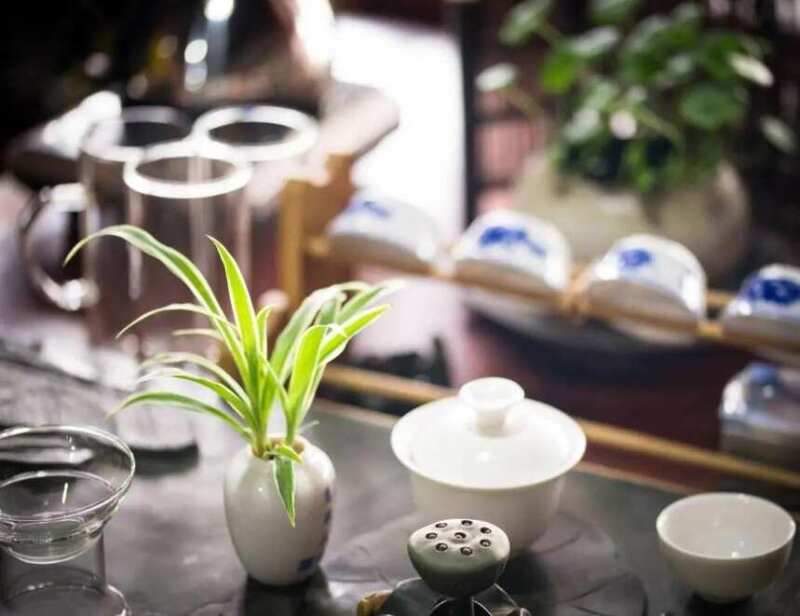
Old Xu takes you back in time to explore the history of Pu'er tea in finance (Part 1)
September 14, 2025
A lot of things have happened in the Pu-erh market since last year. Its influence can be said to have surpassed that of the bubble bursting in 2007, which had a huge impact on the market. Any tea enthusiast who has paid attention to the price trend of large-scale manufacturers would know what I mean.
From last year until now, there have been a lot of things happening in the Pu-erh tea market. The impact can be said to have exceeded that brought by the bursting bubble of Pu-erh tea in 2007. Those who pay attention to the prices of big brands' products should know what I'm talking about. Many tea friends have asked me to share my thoughts on this issue.

Pu'er tea indeed has a certain financial attribute. Why so say? Firstly, it is derived from the attributes of Pu'er tea itself, that being a food item without an expiration date, which is unheard of in the food industry. Nor can we rule out some black teas including the Green Jewel etc., but they are so rare and market influence is limited.

However, with storage comes cost. These costs include capital costs, warehousing costs, management costs and the risk costs associated with bad management. When you add all these up, your costs go up by at least 10% to 15% per year. And as time goes on, the demand for tea itself is also continuously increasing, meaning that the same batch of tea will become progressively less in supply.

For example, the price difference between 20 years of Pu-erh tea and 15-year-old Pu-erh tea is big. But the price difference between 10-year-old tea and five-year-old tea is smaller. The fact is that no matter you agree or not, the market will never let the old tea be cheaper than new tea. In short, old tea is more expensive than new tea. This creates a room for value-added, which is the fundamental of Pu-erh's financial attribute.

The concept of "financial tea" emerged around 2002-2003, a very particular time point. At that time, someone coined the slogan 'the more aged Puer tea is, the stronger its aroma', and old teas that had previously been bought by only a small circle began to gain market recognition.

From the second half of 2005, the rising curve of new tea suddenly became steep and the speed of increase significantly accelerated. Especially during the time when spring tea hit the market in 2006 and 2007, the price increase was astonishing. The price of ordinary tea skyrocketed from around RMB20 per kilogram to RMB70-80 per kilogram, sending a jaw-dropping shock wave through the market, thereby sparking the concept of "financial tea," which later gained widespread use in the market.

From the second half of 2007 to all of 2008, pu-erh tea prices returned to their initial starting point. Some prices were even lower than its peak price. I will share with everyone my own experience: In July of 2008, when I helped a tea merchant from Guangdong Province collect a batch of small tree pu-erh (mountain area tea), the price of raw pu-erh was six yuan per kilogram.
